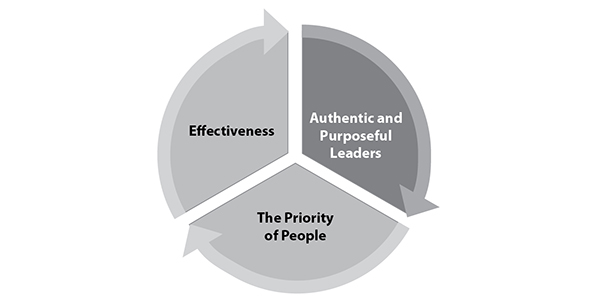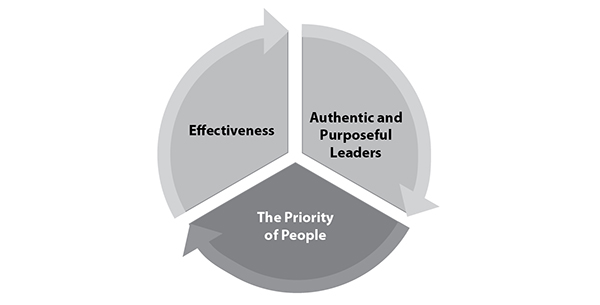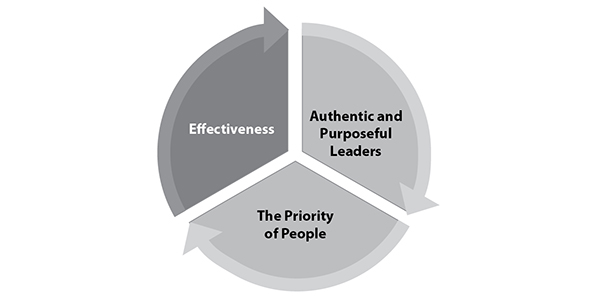Copyright Page
2019 by Justin A. Irving and Mark L. Strauss
Published by Baker Academic
a division of Baker Publishing Group
PO Box 6287, Grand Rapids, MI 49516-6287
www.bakeracademic.com
Ebook edition created 2019
All rights reserved. No part of this publication may be reproduced, stored in a retrieval system, or transmitted in any form or by any meansfor example, electronic, photocopy, recordingwithout the prior written permission of the publisher. The only exception is brief quotations in printed reviews.
Library of Congress Cataloging-in-Publication Data is on file at the Library of Congress, Washington, DC.
ISBN 978-1-4934-1808-4
Scripture quotations are from the Holy Bible, New International Version. NIV. Copyright 1973, 1978, 1984, 2011 by Biblica, Inc. Used by permission of Zondervan. All rights reserved worldwide. www.zondervan.com. Any italics used for emphasis are the addition of the authors.
Contents
Cover
Title Page
Dedication
Copyright Page
List of Figures
Introduction: A Fresh Look at Empowering Leadership
Part 1: Beginning with Authentic and Purposeful Leaders
1. Modeling What Matters
2. Engaging in Honest Self-Evaluation
3. Fostering Collaboration
Part 2: Understanding the Priority of People
4. Valuing and Appreciating
5. Creating a Place for Individuality
6. Understanding Relational Skills
Part 3: Navigating toward Effectiveness
7. Communicating with Clarity
8. Providing Accountability
9. Supporting and Resourcing
Notes
Scripture Index
Subject and Name Index
Back Cover
Figures
I.1. Empowering Leadership
1.1. The Leadership Square
1.2. Four I s of Transformational Leadership
2.1. Emotional Awareness
2.2. Some Dimensions of Self-Leadership
2.3. Some Dimensions of Personal Growth
3.1. Tuckmans Model of Team Development
3.2. Types of Leadership Behaviors
4.1. Management Style Grid
4.2. Dimensions of Leader Focus
6.1. Management Skill Levels
Part 1
Beginning with Authentic and Purposeful Leaders
THROUGHOUT THE BOOK, we emphasize the priority of leaders focusing on followers. In order for leaders to effectively nurture their other-centered orientation, they must begin the journey by fostering authentic and purposeful character. In part 1 of the book, we begin with the importance of leaders modeling what matters (chap. 1). It is not enough for leaders simply to tell followers what is expected. Leaders must model these priorities through their authentic example.

In order to effectively model expected team behavior, leaders must also be willing to engage in honest self-evaluation (chap. 2). Authentic and purposeful leaders are willing to see both their strengths and their weaknesses, and to practice their leadership with humble self-efficacy and humble self-confidence. Leaders who truly want to serve and empower followers are those who take time to understand themselves.
Finally, authentic and purposeful leaders recognize that they do not have all the answers that their teams and organizations need. Because of this, teams and organizations today need leaders willing to foster a collaborative and team-oriented environment (chap. 3). By beginning with authentic leadersleaders who model what matters, engage in honest self-evaluation, and foster collaborationthere is a basis for understanding the priority of people and navigating the team to effective mission accomplishment.
Part 2
Understanding the Priority of People
PART 1 OF THIS BOOK focused on beginning with authentic leaders. Based on this foundation of authentic and purposeful leaders, we now turn to understanding the priority of people in part 2. In this part of the book, we emphasize the importance of leaders prioritizing and focusing on followers. This focus on followers begins with the leaders role in valuing and appreciating (chap. 4). Although it is important to appreciate the contribution that individuals make to the team and organization, the chapter begins with a more basic affirmation of the intrinsic value of people made in Gods image. Leaders see this inherent value and find ways to communicate the care and value they have for the people with whom they work.

Based on this leadership practice of valuing and appreciating people, we turn in our next chapter to the leaders work of creating a place for individuality (chap. 5). In the twentieth century, approaches like scientific management aimed to standardize work and minimize human variation. Treating organizations and people like machines has some degree of efficiency, but this approach sacrifices the uniqueness of human creativitycreativity that provides real value to organizations. We call leaders to see and create a place for follower individuality in their work.
As leaders understand the priority of people, it becomes a top priority for these leaders to understand effective relational skills as well (chap. 6). As leaders foster collaboration, value and appreciate followers, and create space for follower individuality, all of this work necessitates effective relational skill on the part of the leader. In this chapter we engage the relational and intercultural skills needed to work effectively with followers in todays organizations.
Part 3
Navigating toward Effectiveness
IN THE FIRST SIX CHAPTERS we highlighted the importance of beginning with authentic leaders and understanding the priority of people. In part 3 we turn our attention to navigating toward effectiveness. We start our discussion by emphasizing the importance of clear communication (chap. 7). Organizational members need to understand with clarity what is important in the organization and what is expected of them. Communication is therefore a top priority for leadership. All effective leaders are by necessity effective communicators.

Once goals and mission have been communicated with clarity in a manner that nurtures shared ownership, it is time for leaders to provide accountability (chap. 8). Although the leaders role in providing accountability is difficult work at times, it is important for empowering leaders to remember that their primary job is to be helpful to followers, not just be nice. Providing accountability matters because empowering leaders want to see both followers and organizations flourish.
The final step in navigating toward effectiveness is for leaders to support and resource their followers (chap. 9). Models of leadership emphasizing service and empowerment recognize that the leaders number-one job is to work for those who work for them. This is not about responding to every whim and wish of followers but rather involves recognizing that the success of the team and organization depends on the success of every member. In this model, leaders focus on bringing the right people onto the team and then doing everything in their power to help them succeed.














